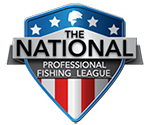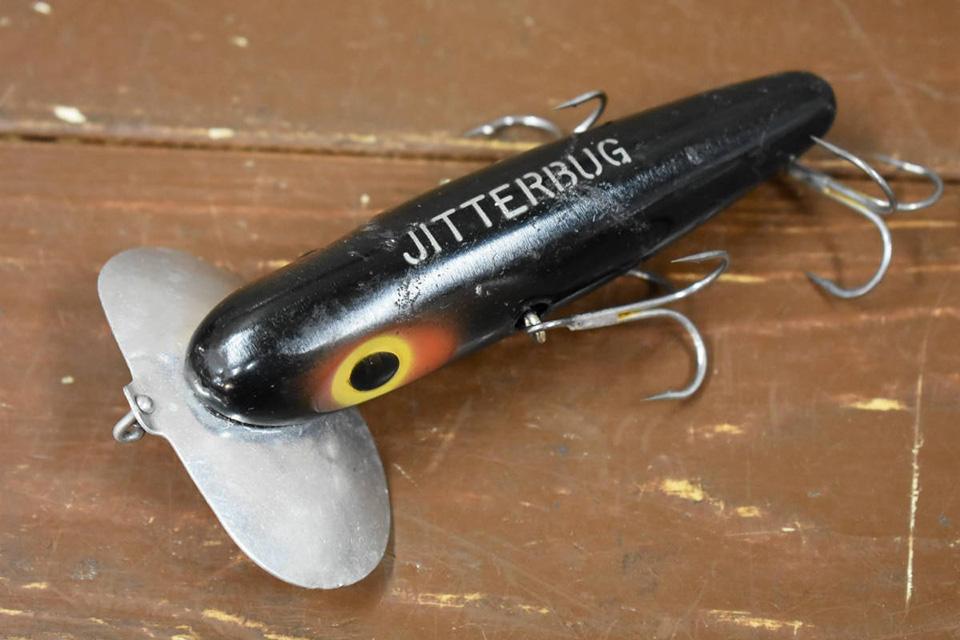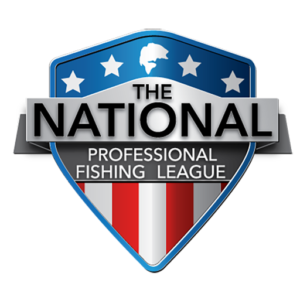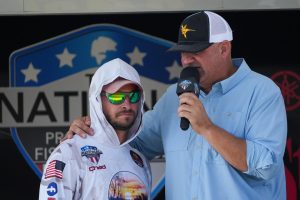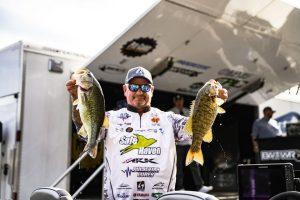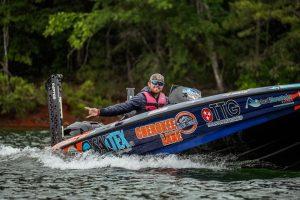By Ken Duke
If you’re wondering what’s the best topwater lure of all time, you’re sure to get plenty of subjective and situational answers. The Zara Spook, the Pop-R, the Devil’s Horse, and others all deserve consideration, but if you’re looking for the best big bass topwater bait in history, there’s only one choice. It is—without a doubt—the Arbogast Musky Jitterbug.
Fred Arbogast (1894-1947) of Akron, Ohio, was one of America’s great lure designers and manufacturers. In the late 1920s, he wanted to compete with some diving baits being made by Heddon. His prototype wasn’t successful, so he stuck it in a drawer. A decade or so later, a friend named Brooke Oertel was visiting and saw the lure. They went back to work on it, repositioned the diving lip to turn it into a topwater bait—the Jitterbug. It was named for the dance style that was all the rage around that time.
Arbogast began manufacturing the Jitterbug in 1938 and over the next few years he obtained several patents on the lure. They were made of aromatic cedar and were the only wooden baits mass produced by the company. Until 1940, it was only available in one size—5/8-ounce (2 3/4 inches long). In 1940, they began manufacturing a 3/8-ounce version known as “the peanut” and a 1 1/2-ounce, 4 1/2-inch version known as the “Musky Jitterbug.”
Right out of the gate, the Jitterbug was a success—especially when it came to catching big bass. At the time, Field & Stream magazine ran a popular big fish contest, and no lure won as often in the bass categories as the Jitterbug.
The bait claimed many state record bass through the years, too. In fact, there are still four state largemouth records in the books that were caught on the Jitterbug: Connecticut, New Hampshire, Ohio, and Rhode Island. And before you start thinking they were all taken when your great grandfather was fishing, know that the Rhode Island record was caught in 2016. And those four records don’t include nearly all the state records that were taken on the Jitterbug through the years; those are just the ones still on the books.
The Jitterbug, and particularly the Musky Jitterbug, became the nation’s favorite night fishing lure almost immediately upon its release. Because it’s a topwater with a distinct sound, anglers don’t need to be able to see it to know if it’s working properly. They can hear the “plop-plop-plop” sound it makes as it wobbles across the surface … occasionally interrupted by the explosion of a large bass.
Thrown on a heavy action casting rod with 50-pound test braided line, you can know you’re doing it right if it’s making that sound. Then it’s just a matter of zeroing in on the cadence the bass want that night.
Arbogast was purchased by PRADCO in the 1970s, and Jitterbugs—including the Musky Jitterbug—have not been made of wood for several decades, though you can find vintage wooden baits on eBay or at antique tackle shows. Today’s Jitterbugs are all made of plastic, and the Musky Jitterbug is now known as Model 700.
Through the years, it’s estimated that Arbogast has sold nearly 100 million Jitterbugs … and no wonder. It catches giant bass, and there’s simply no better nighttime topwater lure.
